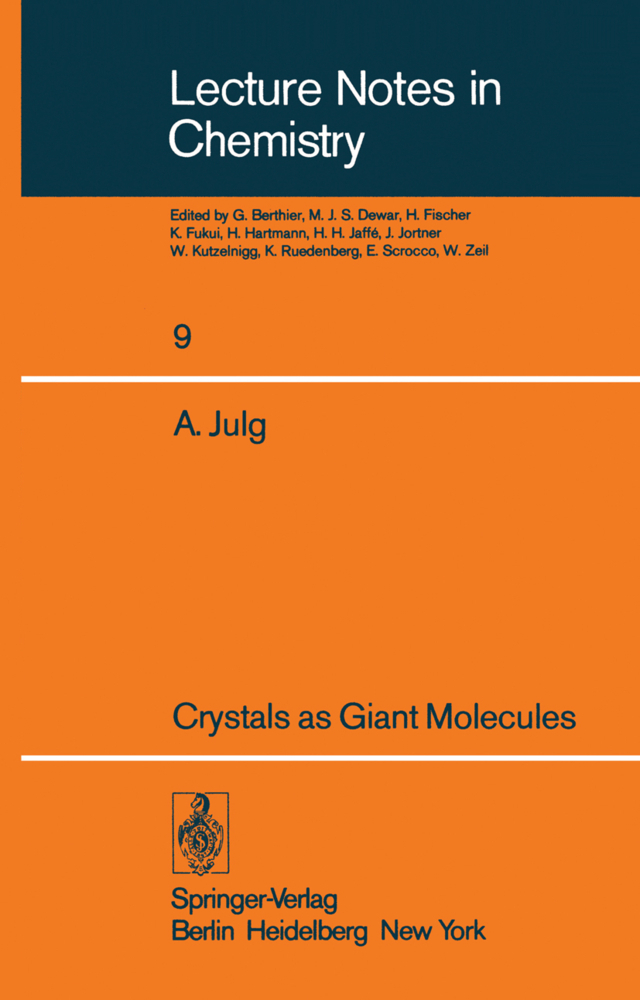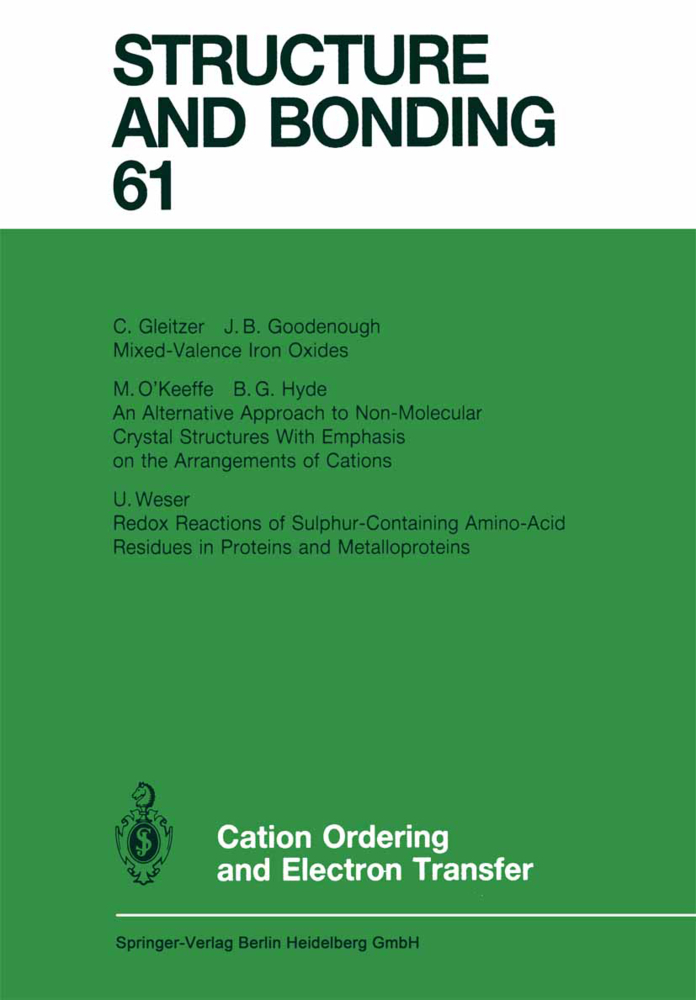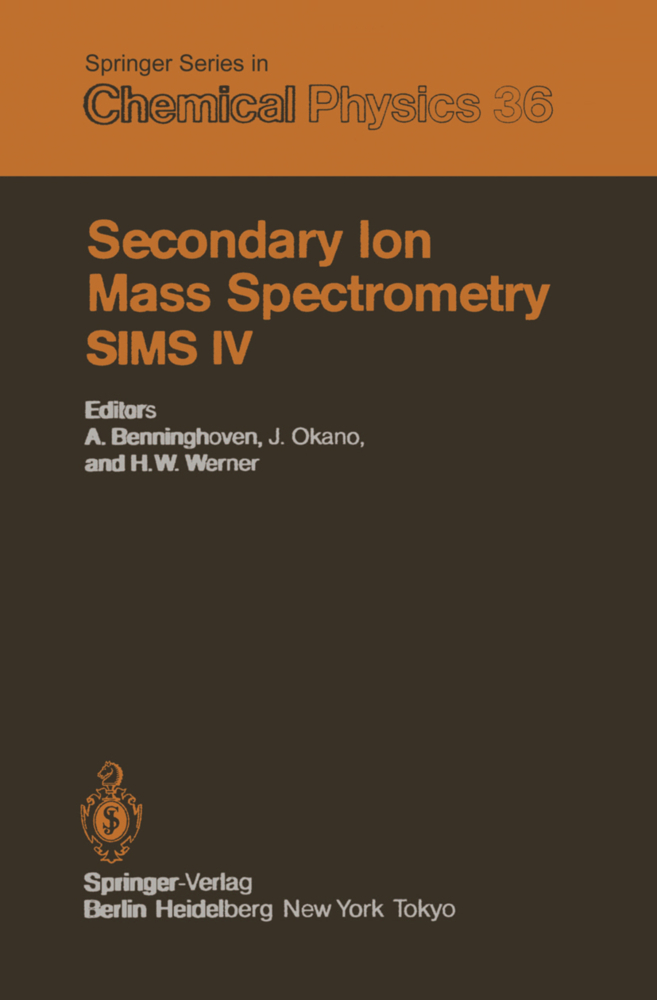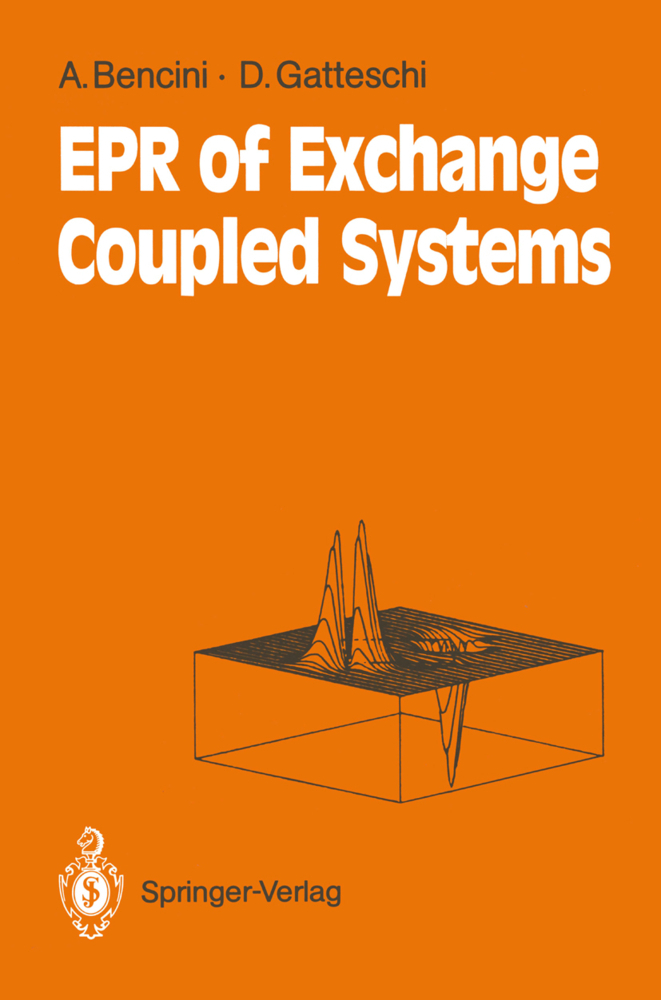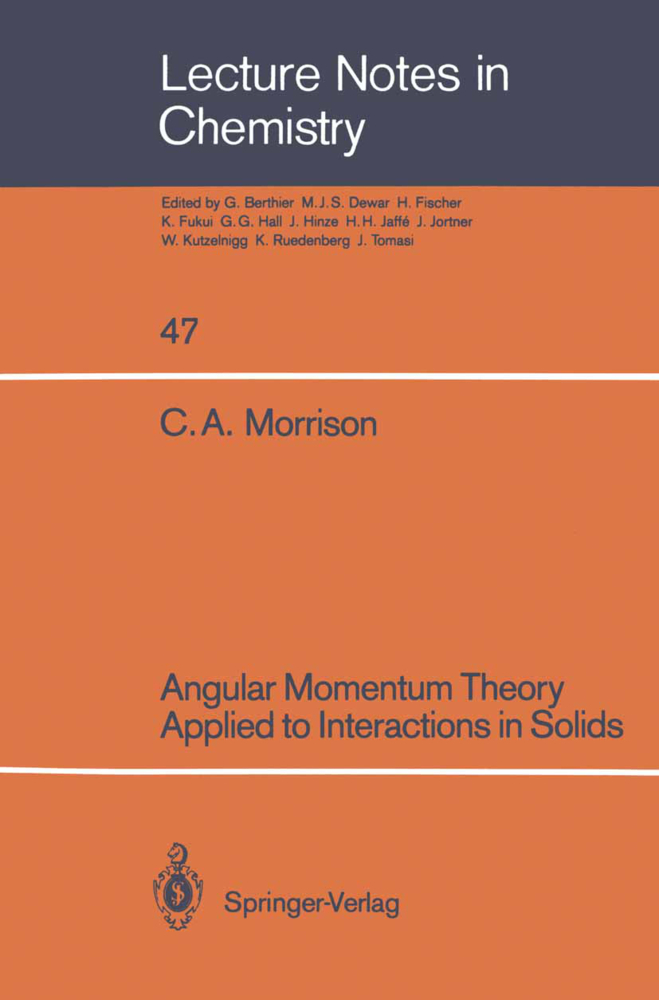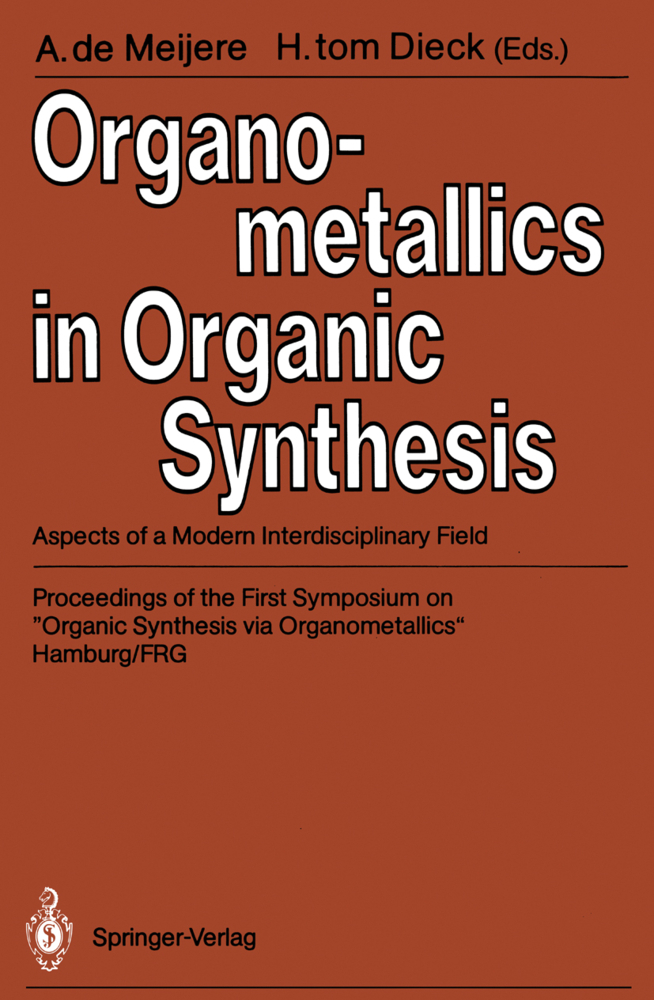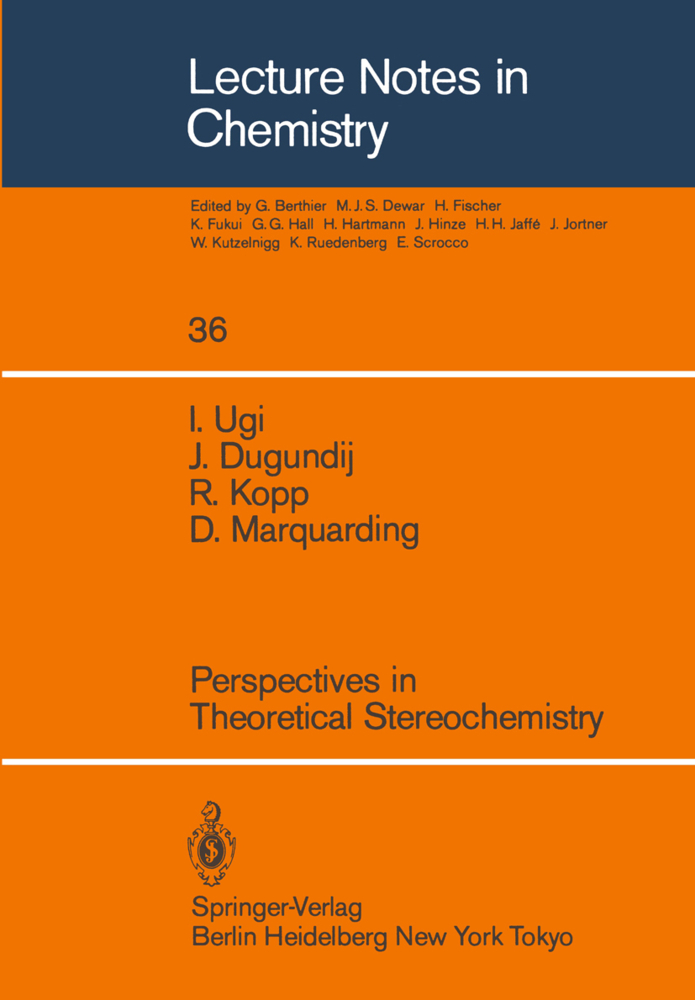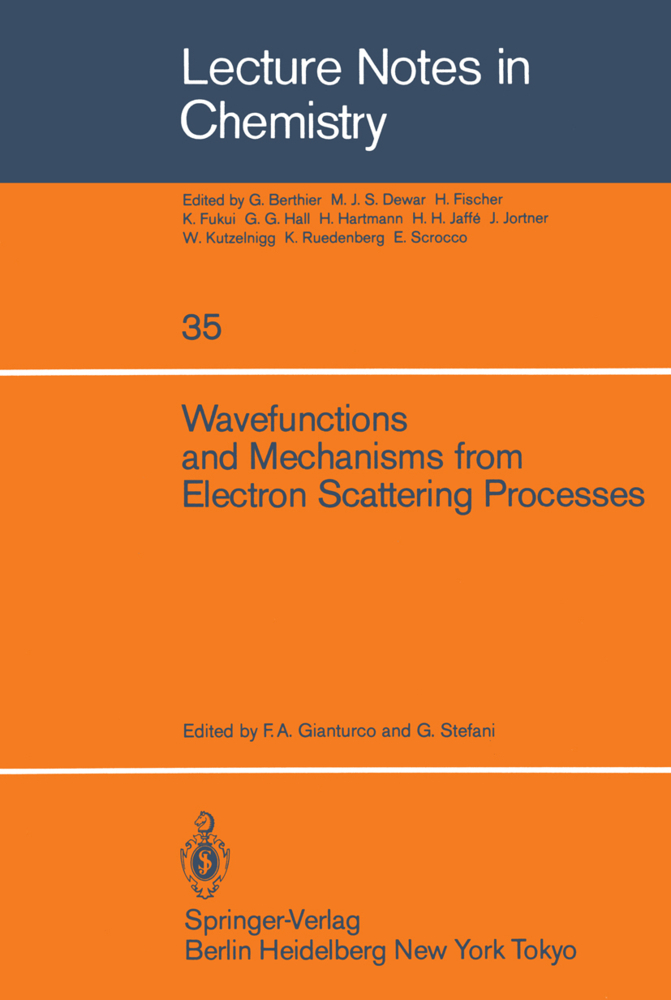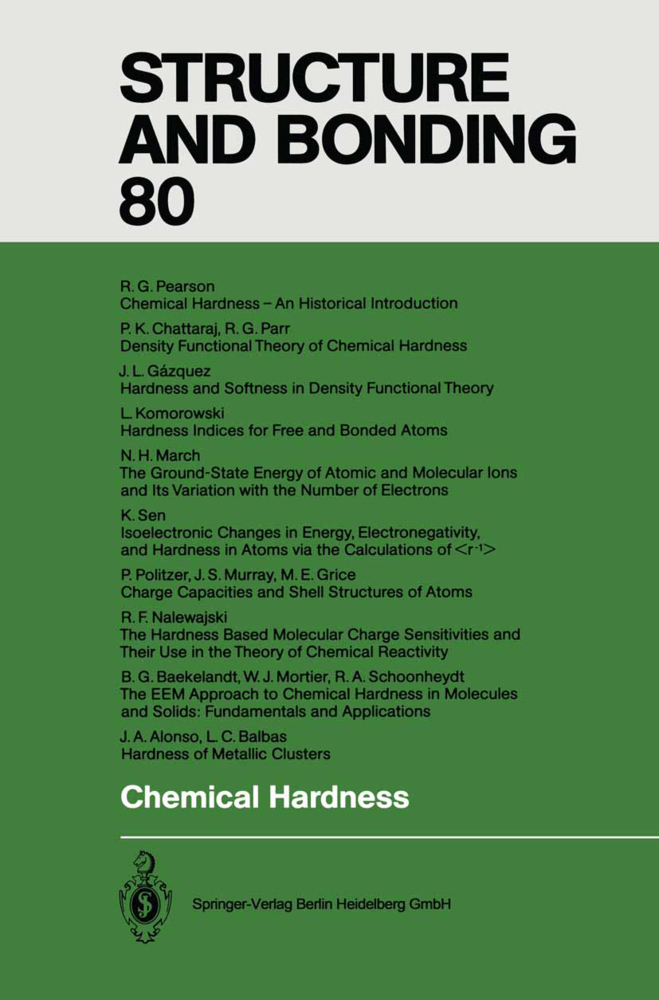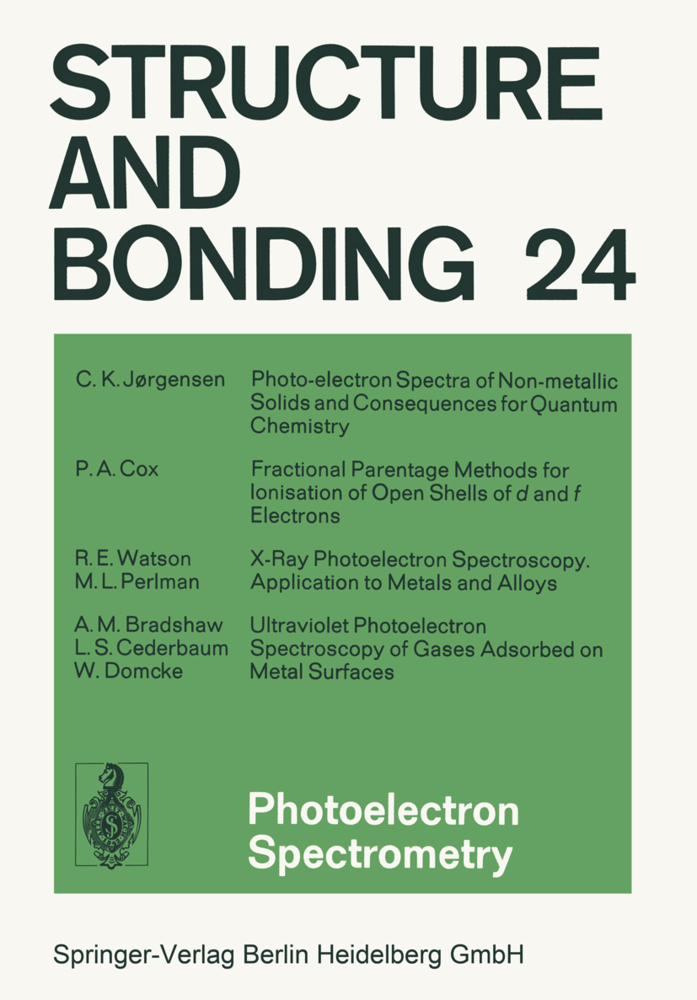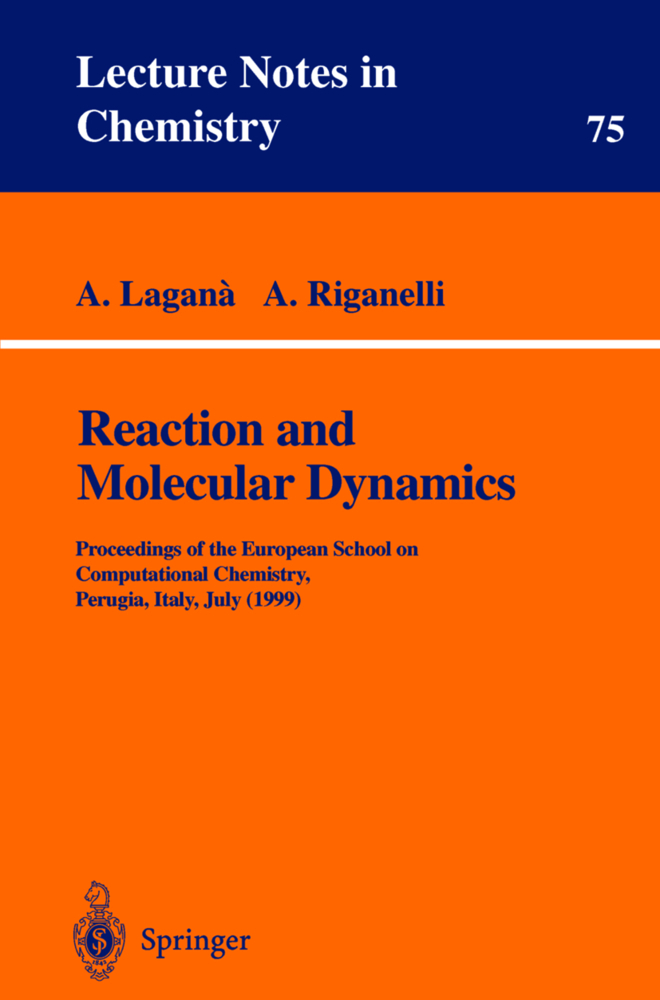Crystals as Giant Molecules
Crystals as Giant Molecules
Traditionally, when one deals with crystals, the first property to be presented is the periodicity of the lattice, and all methods of study are based on this characteristic, which is considered essential. In fact, crystals differ from the molecules of finite size that are studied in chemistry, only in their extremely large number of particles. Furthermore, the existence of faces, which limit the spread of crystals in space, necessarily breaks the periodicity of the system. For these reasons it is natural to apply to crystals the concepts and methods that have been widely tested in the study of molecules. Pauling first emphasized this point 1 and used it to explain the electronic structure of crystals, thought to be infinite and perfect. The aim of this work is to show, with the help of a few examples, the possibilities offered by quantum chemistry for tackling the problems of crystal electronic structure, of crystallographic arrangements as well as their macroscopic shape, and of distortion effects caused by the presence of faces. The area related to the existence of energy bands (allowed or forbidden), gap, electric, magnetic or optical properties will not be touched upon.
2. Localization of Molecular Orbitals and the Hybridization Concept
3. Shapes of Some Usual Hybrid Atomic Orbitals
4. Total Energy and Bond Energy
5. Prediction of Molecular Geometry
6. Fundamental Remarks Concerning the Alignment of Orbitals
7. Electron Charges and Bond Polarities
II. Application to Crystals
1. The Two Large Classes of Crystals
2. Molecular Crystals
3. Three-dimensional Macromolecular Crystals
4. Note: The Coordination Number
5. Cohesive Energy in Tridimensional Macromolecular Crystals
III. Electron Charges and Ionicity in Macromolecular Crystals
1. Methods of Calculating Electron Charges in Crystal
2. General Results
3. Definition of Bond-Ionicity in a Crystal
4. Application of the Ionicity Notion to the Determination of the Hardness of a Crystal
5. Application to the Determination of Electron Charges
6. Discussion of the Results
7. The Ionic Approximation
8. Deformation of Ions in the Ionic Model
IV. The Crystal Arrangement
1. Preliminary Remarks
2. Inadequacy of the Classical Criterion Derived from the Ionic Radii Ratio
3. Quantum Study of Relative Stabilities of Various Arrangements in Alkali Halides
4. Cohesive Energy and Crystal Arrangement in Metals
5. Why is Lithium a Metal?
6. Why does Lithium adopt the bcc Arrangement?
7. Why does Cubium not exist?
8. Hydrogen
9. Copper, Silver, and Gold
10. Alkaline-earth Metals and Semi-metals
11. Transition Metals
12. Crystals Arrangements Allowing a Description in Terms of Localized Orbitals
13. Oxides Arrangements
14. Role of Hybridization
15. Importance of the Alignment of the Orbitals and Effects of Distortions
16. Conjugation Effect in Many Crystals
V. Distortions Caused by the Existence of Faces and the Finite Sizes of Crystals
1. Classic Results and Few Recent Experimental Facts
2. Examples of Quantum Treatments
3. Vacancy Problem
VI. External Shapes of Crystals
1. Metals
2. Other Crystals
3. Twin Crystals
Conclusions and Various Outlooks
Appendix A: The self-consistent field method and the Hückel approximation
Appendix B: Expressions of hybrid atomic Orbitals
Appendix C: An example of molecular orbital localization
Appendix D: Mineral hardness - Improved Mohs scale
References
Formula Index.
I. General Results Concerning Molecules
1. The Molecular Orbitals2. Localization of Molecular Orbitals and the Hybridization Concept
3. Shapes of Some Usual Hybrid Atomic Orbitals
4. Total Energy and Bond Energy
5. Prediction of Molecular Geometry
6. Fundamental Remarks Concerning the Alignment of Orbitals
7. Electron Charges and Bond Polarities
II. Application to Crystals
1. The Two Large Classes of Crystals
2. Molecular Crystals
3. Three-dimensional Macromolecular Crystals
4. Note: The Coordination Number
5. Cohesive Energy in Tridimensional Macromolecular Crystals
III. Electron Charges and Ionicity in Macromolecular Crystals
1. Methods of Calculating Electron Charges in Crystal
2. General Results
3. Definition of Bond-Ionicity in a Crystal
4. Application of the Ionicity Notion to the Determination of the Hardness of a Crystal
5. Application to the Determination of Electron Charges
6. Discussion of the Results
7. The Ionic Approximation
8. Deformation of Ions in the Ionic Model
IV. The Crystal Arrangement
1. Preliminary Remarks
2. Inadequacy of the Classical Criterion Derived from the Ionic Radii Ratio
3. Quantum Study of Relative Stabilities of Various Arrangements in Alkali Halides
4. Cohesive Energy and Crystal Arrangement in Metals
5. Why is Lithium a Metal?
6. Why does Lithium adopt the bcc Arrangement?
7. Why does Cubium not exist?
8. Hydrogen
9. Copper, Silver, and Gold
10. Alkaline-earth Metals and Semi-metals
11. Transition Metals
12. Crystals Arrangements Allowing a Description in Terms of Localized Orbitals
13. Oxides Arrangements
14. Role of Hybridization
15. Importance of the Alignment of the Orbitals and Effects of Distortions
16. Conjugation Effect in Many Crystals
V. Distortions Caused by the Existence of Faces and the Finite Sizes of Crystals
1. Classic Results and Few Recent Experimental Facts
2. Examples of Quantum Treatments
3. Vacancy Problem
VI. External Shapes of Crystals
1. Metals
2. Other Crystals
3. Twin Crystals
Conclusions and Various Outlooks
Appendix A: The self-consistent field method and the Hückel approximation
Appendix B: Expressions of hybrid atomic Orbitals
Appendix C: An example of molecular orbital localization
Appendix D: Mineral hardness - Improved Mohs scale
References
Formula Index.
Julg, A.
| ISBN | 978-3-540-08946-9 |
|---|---|
| Artikelnummer | 9783540089469 |
| Medientyp | Buch |
| Copyrightjahr | 1978 |
| Verlag | Springer, Berlin |
| Umfang | VIII, 136 Seiten |
| Abbildungen | VIII, 136 p. |
| Sprache | Englisch |

